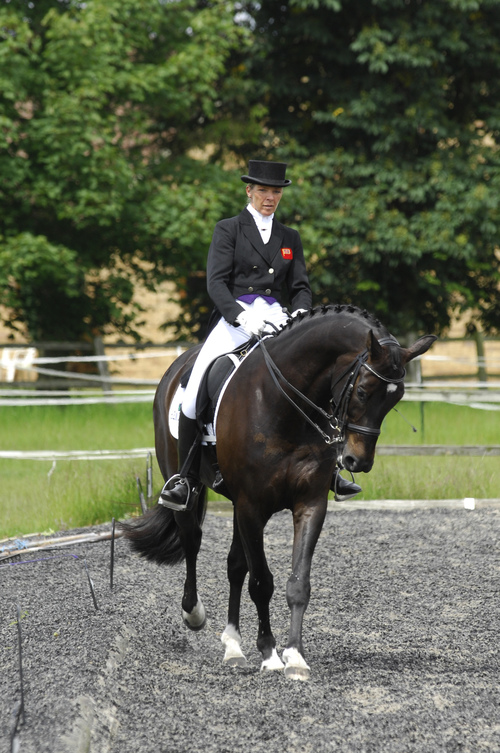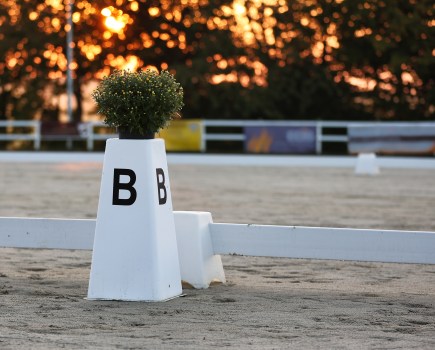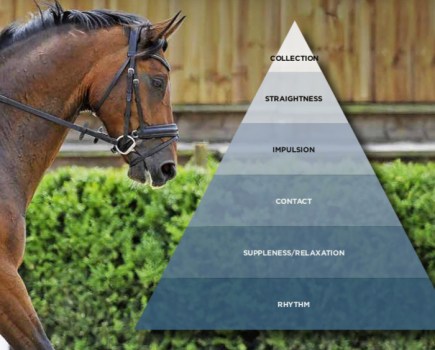Olympic dressage rider and trainer Richard Davison helps solve common shoulder-in problems.
What is shoulder-in?
Shoulder-in is a lateral movement that’s required fin some dressage tests (at Elementary level upwards), but is also a great exercise to incorporate into your schooling to improve your horse’s balance, engagement, suppleness and straightness.
As it’s name suggest, shoulder-in is where your horse moves his shoulder off the track, while his quarters stay where they are.
He’ll have a slight bend through his neck to the inside, and although it’s a collected movement, he should travel forwards with impulsion.
Common shoulder-in problems solved
Too much bend and not enough angle?
On your horse’s soft side (the rein your horse finds it easiest to bend on), you may find that when you ask for shoulder-in on this rein, you’ll get too much neck bend and hardly any angle.
If this happens, you need to go back to practising your leg-yield with your horse’s neck straight or slightly bent to the outside (for one or two strides only) when working on the rein that he’s softest in.
Your horse will probably find this difficult to begin with, but it’s important to persevere.
The aim is to get rid of the excessive neck bend before you try shoulder-in again.
Loss of impulsion?
As you ride shoulder-in, if your horse loses impulsion or his rhythm changes, check you’re not asking for too much angle.
Try riding shoulder-in position for a few strides then straighten, then ride a few strides of shoulder-in again, repeating this down the long side of your arena.
Has he lost interest?
As with all lateral exercises, keep varying how you do them to keep you horse adjustable and responsive.
Try varying the pace within shoulder-in by using a collected trot for the start and finish, and a more forward trot in the middle.
You can also test to see whether you can change the degree of neck bend you ask for.









